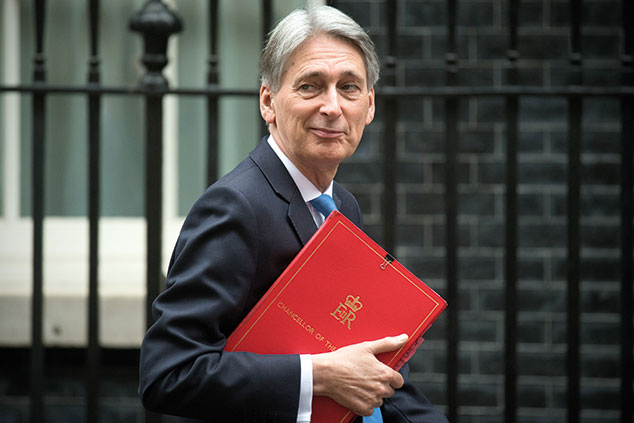
Although the government insists that the lifetime allowance (LTA)on pension funds is a tax that hits only a handful of very wealthy savers, it affects more people than you might think. HM Revenue & Customs is raising steadily more cash from the system: in the 2016-17 tax year, pension savers hit by the LTA handed over £110m – three times more than in 2015-16.
The LTA caps the amount you may build up, in total, across all the private pension schemes you have, whether with an employer or individually. Currently, the limit is £1,030,000 – any savings above that level are subject to a 55% tax when you start cashing in your pensions.
Special rules apply to savings in defined-benefit pension schemes that guarantee a pension payout related to salary. For the purposes of the cap, multiply the pension you have been promised by 20 – so if you’ve built up an entitlement to a £25,000 annual pension, say, your savings would be worth £500,000.
So why are more people falling foul of the allowance? One reason is that it has been repeatedly reduced in previous years from a high of £1.8m in 2012. Last year, the government promised to increase the allowance in line with inflation, but this will see only modest rises for the foreseeable future. Investment returns in recent years have been healthy, buoying the value of many savers’ pension funds, and tax relief on pension contributions, even for high earners, is still generous.
The power of compound interest means many people who wouldn’t expect to run into problems with the LTA may be in for a nasty surprise. A 35-year-old saver with £300,000 of pension savings or a 45-year-old with £400,000 could easily come up against the cap as they approach retirement, assuming they continue contributing at current levels and investment returns are reasonable.
How to avoid the trap
The best way to avoid this tax trap is to take action early. Monitor your exposure to the cap over time. If you’re getting close to the limit , consider reducing or even stopping contributions. Early retirement could be another option. Other tax-efficient savings schemes, including individual savings accounts, offer a different way to put money by while still benefiting from tax breaks. But even if you have to switch savings into taxable investment plans, you’ll still be better off than paying a 55% penalty charge on excess pension cash.